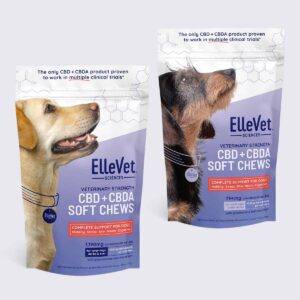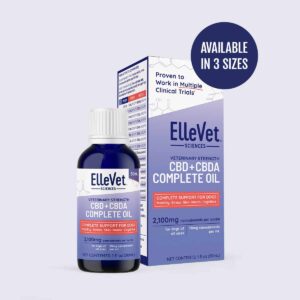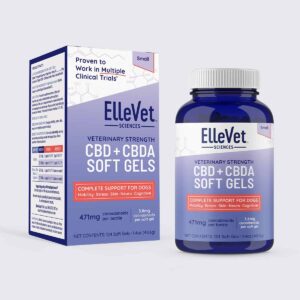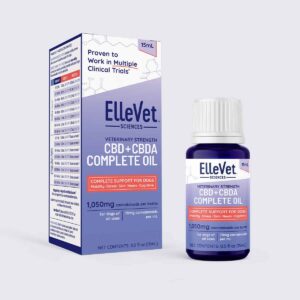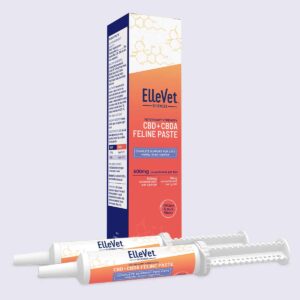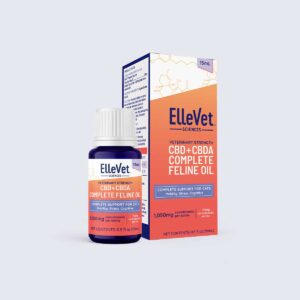Are you adding a puppy to your pack? Taking home a brand-new puppy is a milestone moment in life. It’s also one that requires a lot of daily adjustments and adaptations to your lifestyle, schedule, and home environment. Like bringing home a newborn baby, the introduction of a puppy is a time when you need to view your home space from a whole new perspective. Puppies are energetic, curious, clumsy, and prone to get themselves into scrapes, which is why it is so important to puppy-proof your home.
You can start by walking through your house and yard and sizing up the space from a puppy perspective: what could be chewed, eaten, pulled down, squeezed under, or climbed onto? Where are the weak points in the home boundaries? Where are the potential hazards? What room or item of furniture would you like to preserve from pee spots and chewing teeth? Make a checklist and start puppy-proofing before you even pick up your new puppy. After all, the home is where your dog will spend the majority of its life.
Table of contents:
How to puppy-proof your house
Your new four-legged roommate is going to be messy, noisy, destructive, and prone to making puddles on the carpet. Luckily, they’re also going to be so cute you won’t hold it against them. The main goal is to make sure nothing in the home can endanger the life of an inquisitive lodger with a tendency to chew.
Here is a checklist of precautions to puppy-proof your home:
- Obstruct access points
Keeping your puppy safe begins with keeping them container to your home. Juvenile dogs can be escape artists, so an unobstructed doorway, window, or set of stairs can invite trouble. Keep doors and windows closed and latched, particularly if they open out from a second story or onto the street.
As for stairs, if you want to keep your dog at ground level, install a pet gate. This can also be a useful method if you intend to keep your dog out of certain rooms to begin with, especially those which contain puppy hazards, like a garage. It’s OK if your dog’s world starts small. Once they’re a little older and wiser, you can expand their environment to grant free range.
- Seal all trash cans
Garbage contains all kinds of smells to pique a puppy’s interest. However, there are things in there that could cause health hazards (not to mention a mess on your kitchen floor). Secure all trash cans, compost bins, and diaper pails, either behind closing cabinet doors or with childproof latches. Certain items can present choking hazards, while certain products and foods like onions, raisins, grapes, garlic, and chocolate can make pose a serious health risk.
- Cover electrical cords and outlets
The teething phase is an inevitable part of puppyhood. Deter your dog from licking outliers or chewing electrical wires, which can lead to burns and shocks. You can do this by installing outlet covers and moving cords out of reach or by stringing them through cord concealers.
- Relocate or elevate houseplants
Even if they’re aesthetically pleasing, certain houseplants can be highly toxic to pups. Check your plant inventory and determine which might be poisonous to dogs. Move any high-risk houseplants out of reach, or out of the house altogether.
- Store cleaning products somewhere safe
Just like with toddlers, the cabinets beneath the sink can pose a real health hazard if left unsecured. Dogs should not be able to access chemical or cleaning supplies of any kind, so either latch cabinets with dangerous goods inside or store them up high.
- Tie up window treatments
Thing outside the box when it comes to puppy-proofing and consider what hanging homewares might pose an irresistible temptation to a puppy, such as low-hanging curtains or curtain cords. These may tempt chewing, and can also pose a risk if they get pulled off the wall or entangled.
- Keep medications out of reach
Avoid leaving any human medications and products or pet prescription meds around the house where puppies can reach them, even those within pill bottles or dispensers. Store all medications in a high and sealed area away from inquisitive jaws.
- Hide choking hazards
Pick up small items around the house that could make their way into a puppies mouth and cause choking. This extends to sharp items like razors, scissors, or tools that could cause injury.
- Secure heavy furniture
Playful pups aren’t always aware of their surroundings and can be notoriously clumsy. Purchase anti-tipping devices to anchor heavy furniture or things like large lamps so they can’t be knocked, pulled, or tipped onto your puppy during play.
- Block off food bowls and litter trays
If you already have pets or indoor cats, ensure you keep their food bowl and food bags sealed or out of reach from a puppy. This includes cat litter trays, as most dogs can’t resist taste-testing cat litter and feces at least once, which can lead to intestinal diseases and issues.
- Cover the toilet bowl
Even with a perfectly good water bowl, your puppy might be tempted to sample a drink from the toilet bowl. Not only is this unappealing, but it can also lead to health diseases. Leave the lid down and even consider a toilet lid latch to deter the more persistent drinkers.
How to puppy-proof your yard
If you have an outdoor space at home, this will most likely serve as your puppy’s play area and bathroom. Therefore, it should be given the same safety preparations as the home’s interior to prevent injury or escape. Walk your yard and consider what you know about it to begin with: plants, fencing, animal visitors, etc.
- Check the perimeter
If possible, a fenced yard is always a safer option for dogs if they’re going to spend any measure of time unsupervised. If you have an existing fence line, check it for weak spots, holes, and gaps — you’ll be surprised at what small spaces a puppy will try to squeeze through!
- Fence around water features
If you have an in-ground swimming pool, you will need to establish temporary fencing around the full perimeter to protect your dog from a very real risk of drowning. Pool covers can also prove lethal to dogs, so maintain the fencing even during the off-season.
- Check for toxic plants
You’ve already cleared your home of toxic houseplants, now it’s time to do the same outdoors. Examine what’s already in your garden and consider removing anything toxic to dogs. Dogs tend to taste test plants to decide what they like, and consumption of certain plant material can cause health issues. If you plan to plant a vegetable garden, make sure you erect a secure fence around any alliums, like onions, leeks, garlic, and chives, which are highly toxic to dogs.
- Secure garden/garage supplies
If your outdoor space includes a garage or potting shed, either keep it latched at all times or store any tools and materials up high — products like antifreeze or garden amendments can be highly toxic to dogs.
- Avoid fertilizer and pesticides
Avoid the application of pesticides and herbicides prior to bringing your puppy home. They will spend a lot of time at ground level, sniffing, chewing, and licking. The same goes for stored supplies of these products. If you wouldn’t let your two-year-old near it, don’t let your puppy near it either!
- Cut long grass
Long grass can harbor ticks, which can latch onto your pup and put them at risk for tick-borne disease.
- Provide a shady area and drinking water
If you plan to leave your dog outside for long stretches, make sure there is a shade zone where they can retreat from the sun in hot temperatures. Similarly, there should always be access to safe and clean drinking water.
- Designate a poop zone
Where possible, encourage your pup to poop in one zone. This will improve the health of the garden for all users. Pick up dog poops on a regular basis and do not allow your puppy to ingest its own feces.




